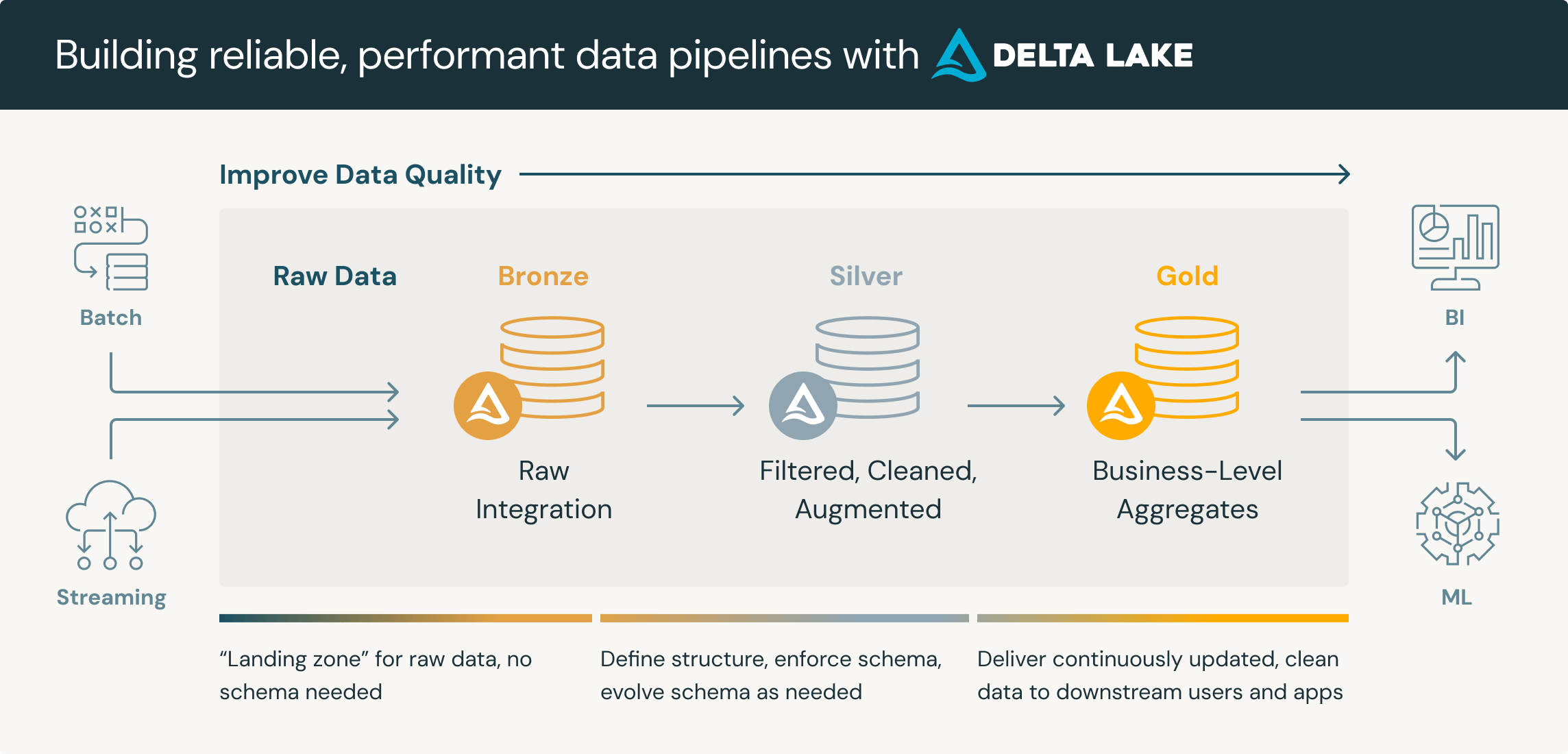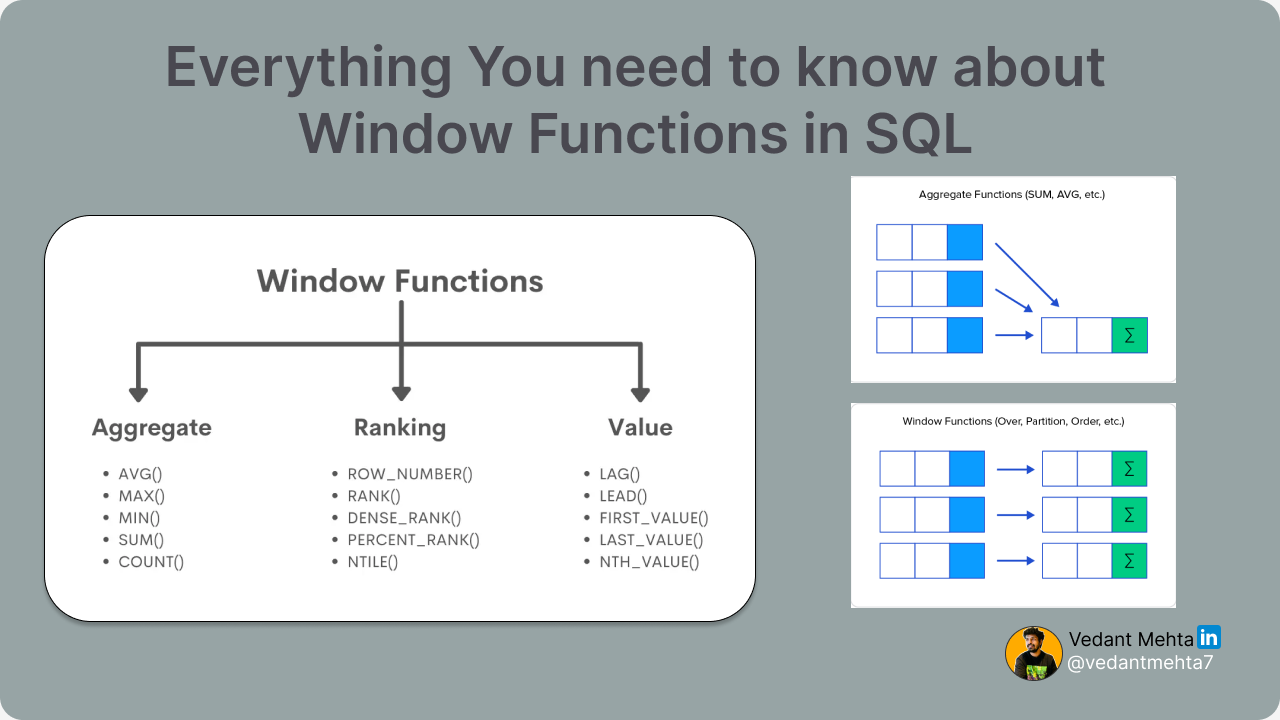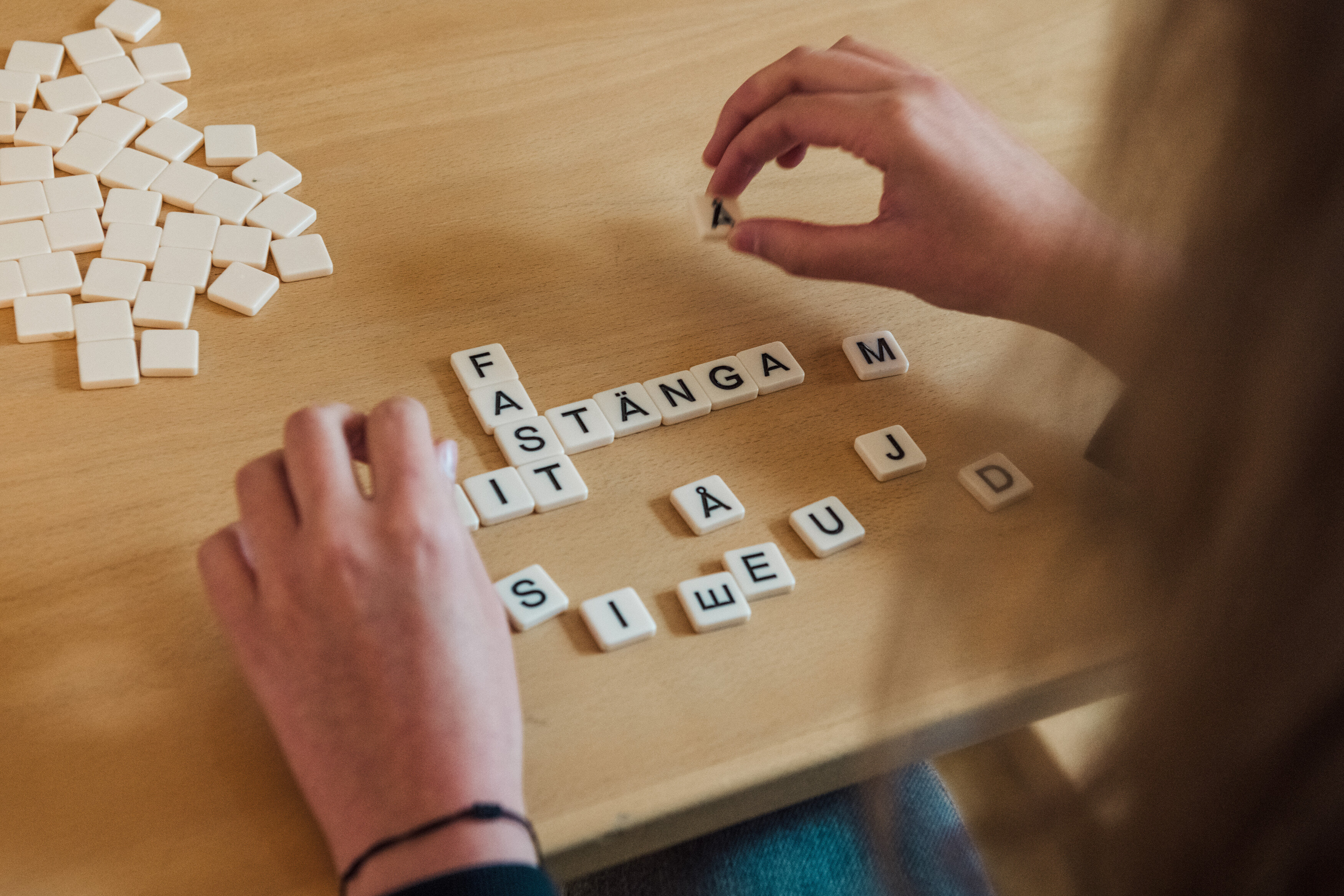Data Transformation Strategies for Clean and Consistent Data
Learn essential data transformation techniques for cleaning, normalizing, and harmonizing data in ETL pipelines.
Learn essential data transformation techniques for cleaning, normalizing, and harmonizing data in ETL pipelines.
This post is based on content from Your First Date with Data by Baraa Khatib Salkini Introduction Namaste! Let me share a quick story: every time I jump into a new project, I roll up my sleeves and start solving problems right away. But in my early days, I’d skip straight to heavy analysis—querying tables I didn’t fully understand, or building models with data I hadn’t really looked at. The result? Confusing errors, weird outliers, and sometimes flat-out wrong conclusions. Eventually, I realized the importance of slowing down and giving the data a proper “hello.” In other words: Exploratory Data Analysis (EDA). ...

Understanding Medallion Architecture: A Comprehensive Guide In today’s data-driven world, organizations face the challenge of managing vast volumes of diverse data coming from multiple sources. The Medallion Architecture offers a structured way to tackle this challenge by organizing data into layered stages, gradually refining it from its raw form to a business-ready state. Often referred to as a multi-hop architecture, this pattern is especially popular in modern data lakehouse environments where the flexibility of a data lake meets the reliability of a data warehouse. ...

Introduction SQL Window Functions are powerful tools that allow you to perform calculations across a set of table rows related to the current row without collapsing the result into a single group. Unlike aggregate functions, which summarize data into a single row per group, window functions retain individual rows while applying calculations over a “window” of rows. This guide covers: Different types of window functions PARTITION BY and ORDER BY Real-world use cases What are Window Functions? A window function performs a calculation across a subset (window) of rows related to the current row. It uses the OVER() clause, which defines how the window is partitioned and ordered. ...
Everyday Swedish: Learning Through Daily Activities Learning a new language becomes more meaningful when you can connect it to your daily life. In this post, I’ll share common Swedish verbs for everyday activities with practical examples that you can start using right away. By incorporating these words into your daily routine, you’ll find yourself becoming more comfortable with Swedish naturally. Reading and Writing (Läsning och Skrivning) Reading (Att läsa) Jag läser en bok om svensk historia. (I am reading a book about Swedish history.) Han läser tidningen varje morgon. (He reads the newspaper every morning.) Läser du många böcker? (Do you read many books?) Writing (Att skriva) ...

Swedish Greetings and Courtesies Start your Swedish journey with these essential phrases: God morgon! - Good morning Tjena! - Hi (informal) Hur är läget? - What’s up? Tack! - Thank you/Please Ursäkta mig, var ligger toaletten? - Excuse me, where’s the restroom? 💡 Pro tip: “Varsågod!” does triple duty: use it for “Here you go,” “Please,” or “You’re welcome!” Food & Drink Vocabulary From fika favorites to dinner essentials, here’s a guide to Swedish culinary terms: ...
Essential Swedish: Pronouns, Question Words, and Demonstratives When learning Swedish, understanding the basic building blocks like pronouns, question words, and demonstratives is crucial for constructing meaningful conversations. These small but powerful words form the backbone of daily communication. In this guide, I’ll walk you through these essential components with practical examples to help you use them naturally in everyday situations. Question Words (Frågeord) Swedish question words function similarly to their English counterparts but with some unique features. Here’s how to use them effectively: ...
Have you ever wished you could speak a new language confidently in just six months? Chris Lonsdale, a psychologist and language expert, proves it’s possible with the right approach. Forget tedious grammar drills or expensive courses—here’s a simplified guide to his proven method, complete with real-world examples. The 5 Core Principles 1. Focus on What’s Relevant Your brain learns faster when the content matters to you. Example: Love cooking? Start with food-related vocabulary (e.g., “apple,” “recipe,” “delicious”) instead of memorizing random words. Need to travel? Prioritize phrases like “Where is the bathroom?” or “How much does this cost?” ...
Common Swedish Verbs in Daily Life Mastering verbs in different tenses is crucial for effective communication in any language. In this blog post, we will explore some of the most commonly used Swedish verbs in daily life and provide their conjugations in various tenses: present (presens), past (preteritum), future (futurum), and perfect (perfekt), along with English translations. Verb Conjugation Overview In Swedish, verb conjugation depends on the tense and the subject. Here are the main tenses we will cover: ...
Swedish Verbs for Beginners Learning verbs is an essential part of mastering any language. In Swedish, verbs are relatively straightforward to understand and conjugate. This blog post will introduce you to some of the most commonly used Swedish verbs, along with examples to help you start using them in your everyday conversations. Basic Verb Conjugation In Swedish, verbs are conjugated based on the tense and the subject. Here are the basic tenses you need to know: ...